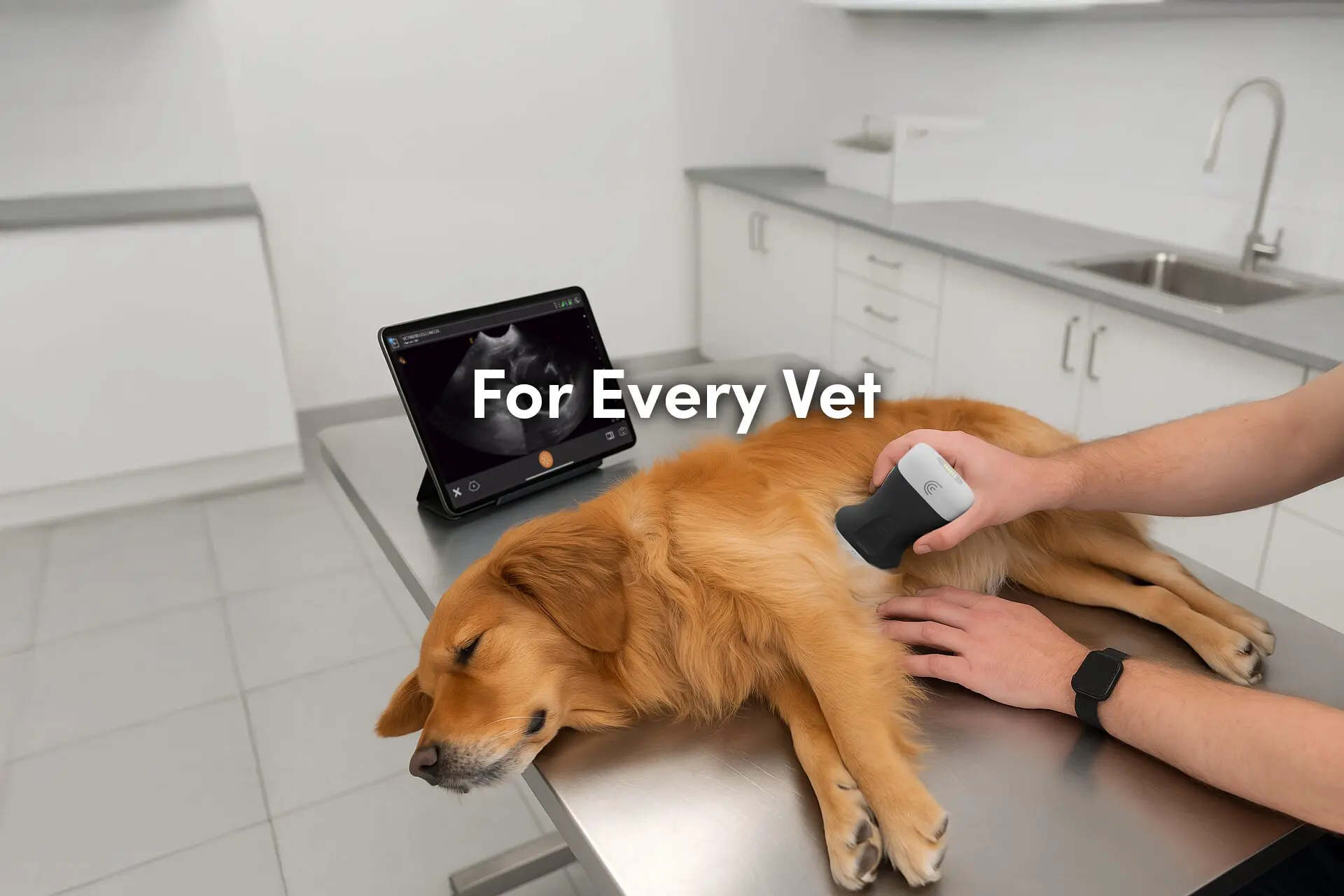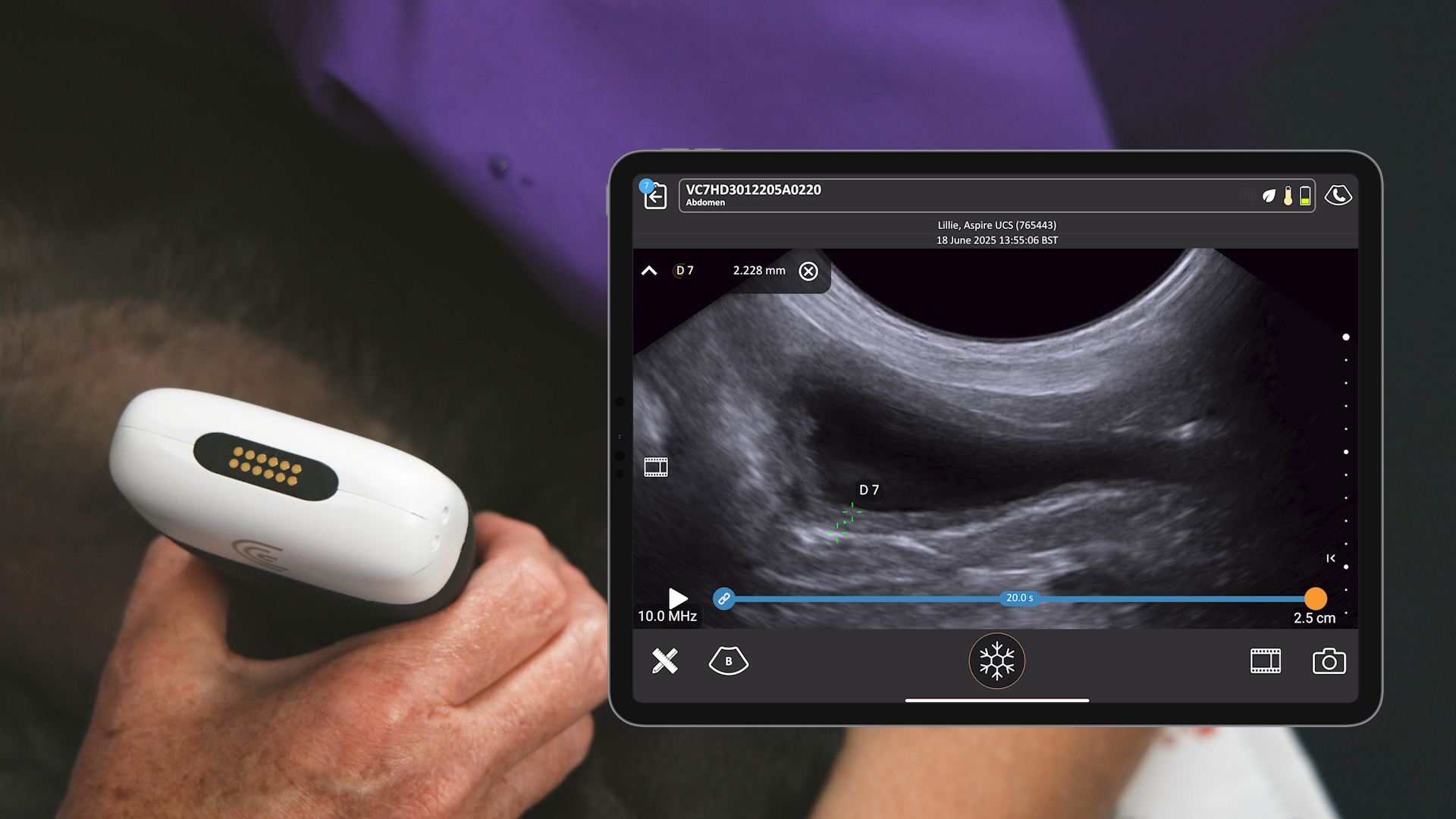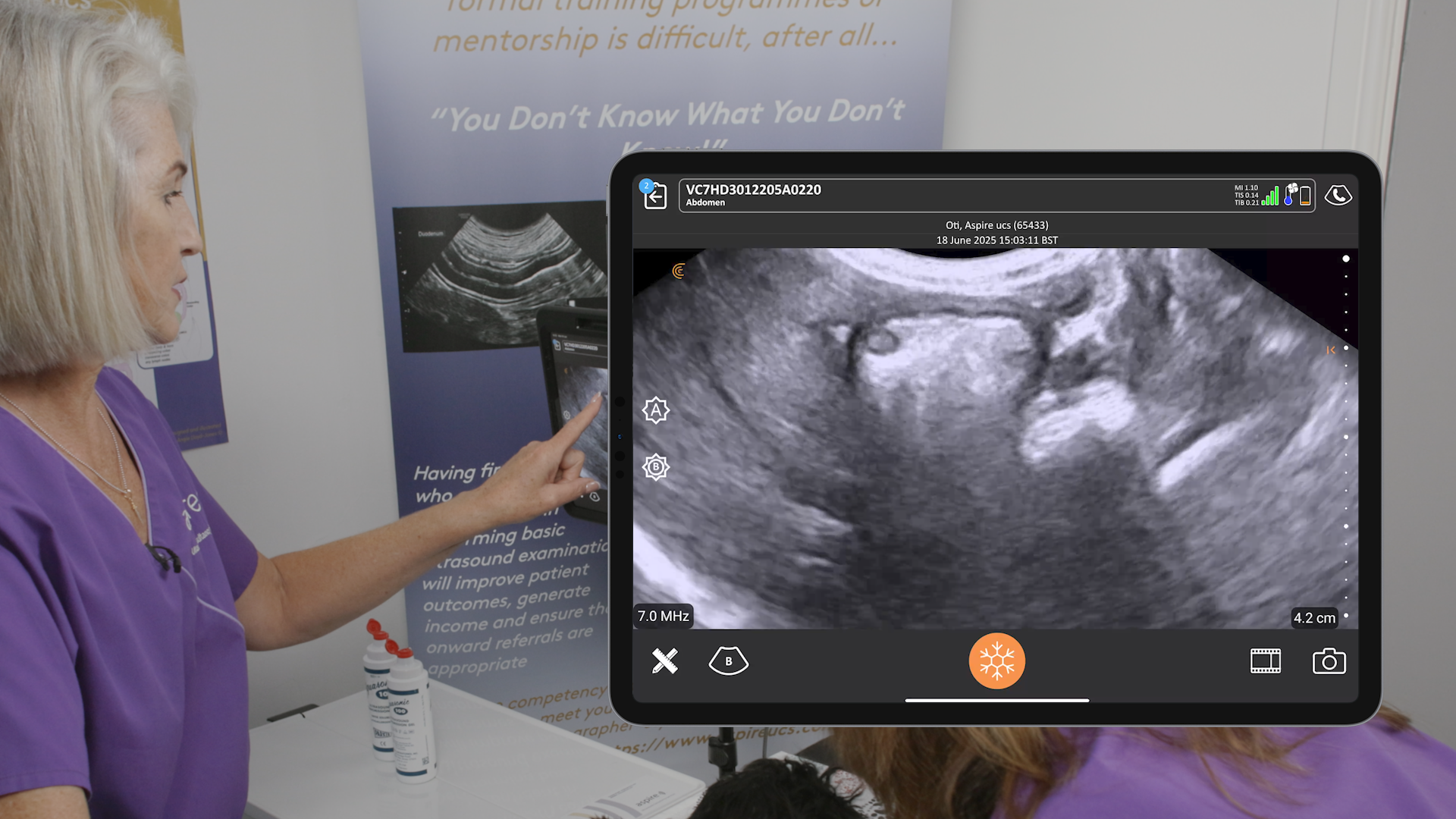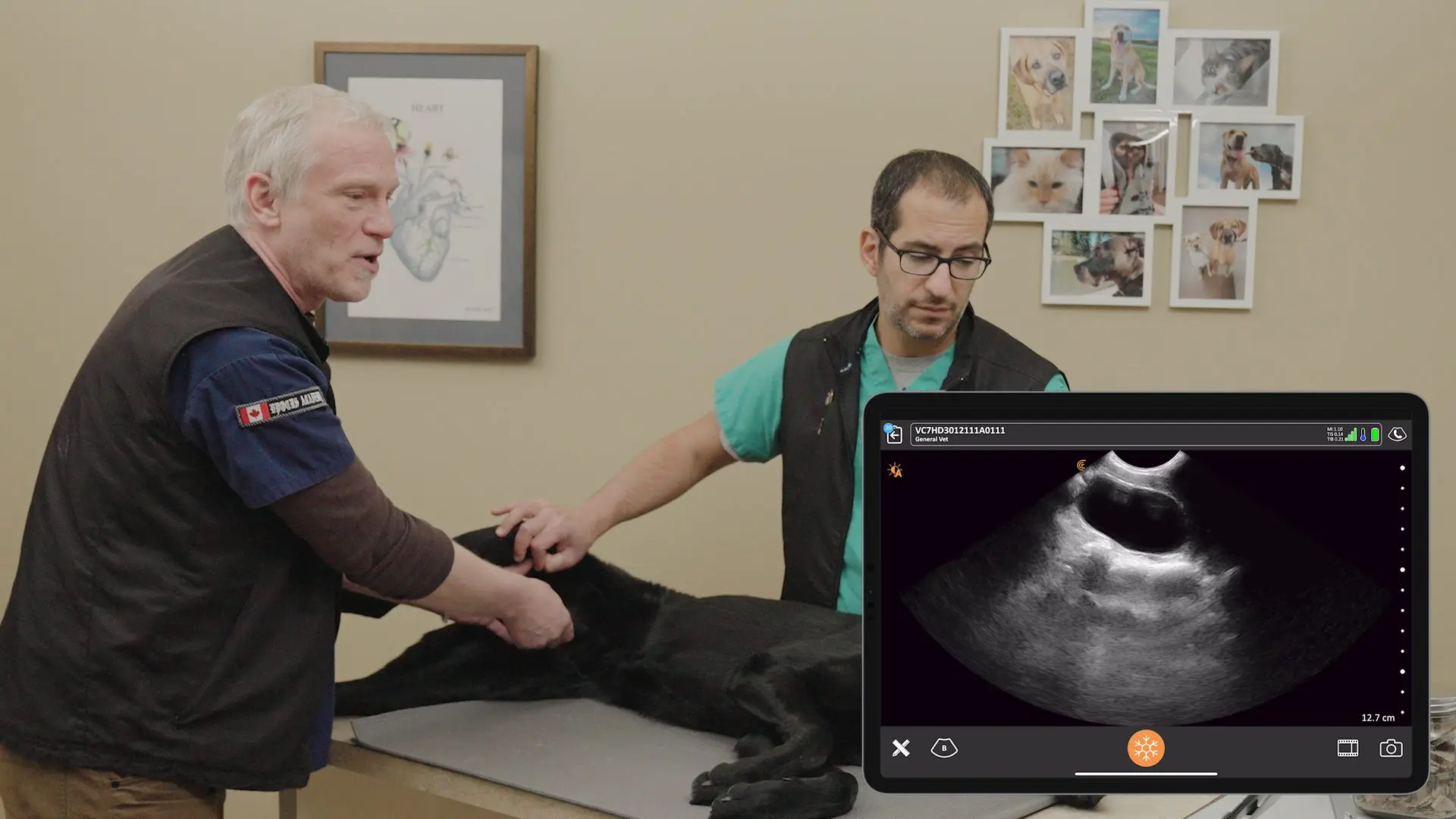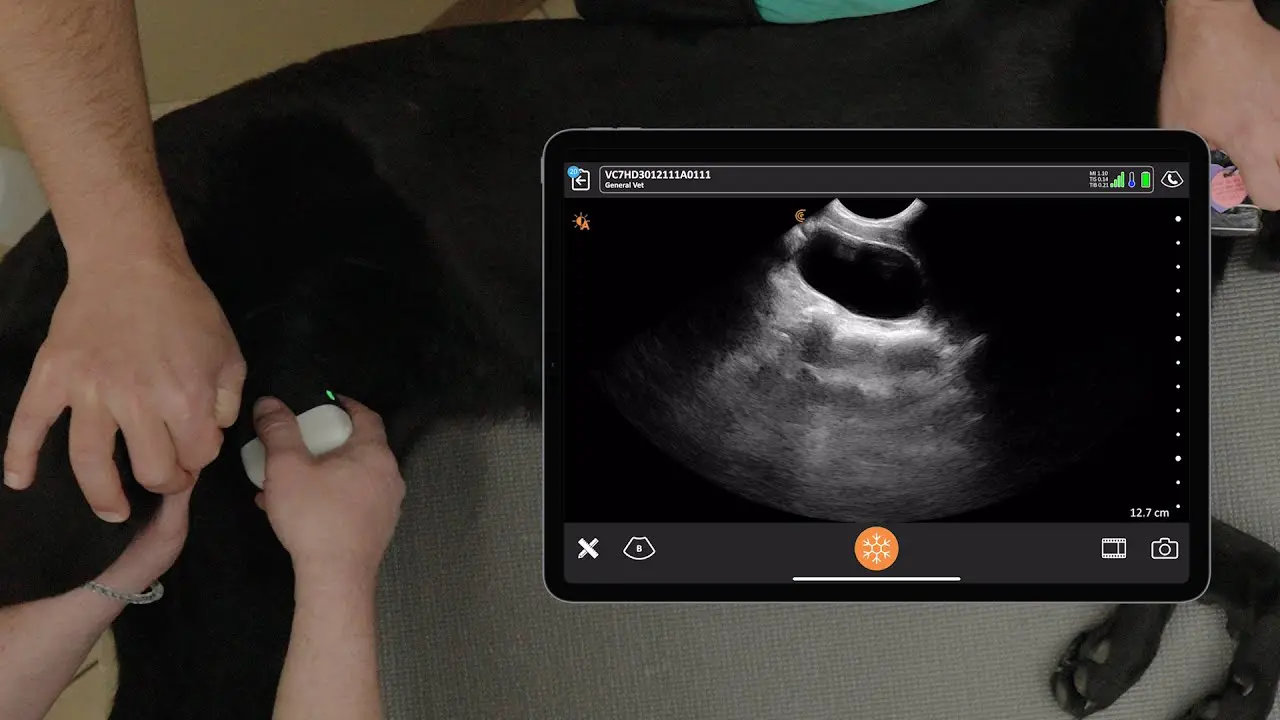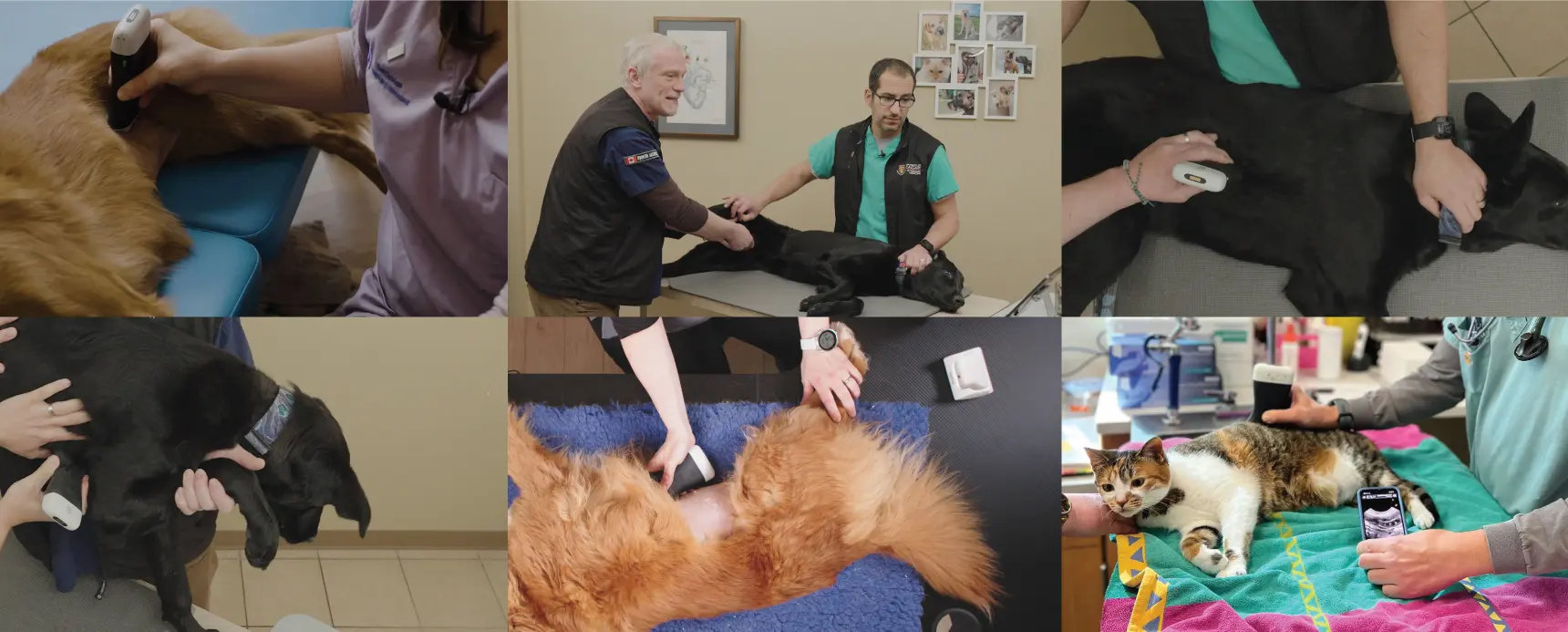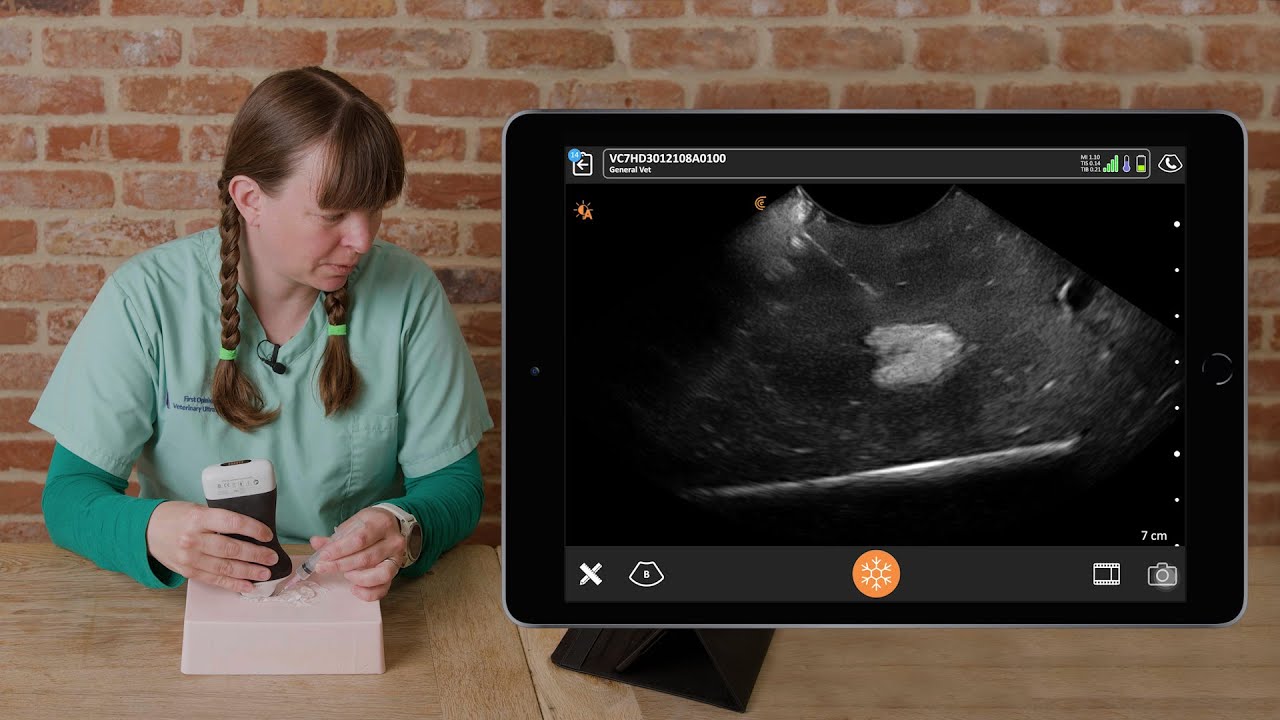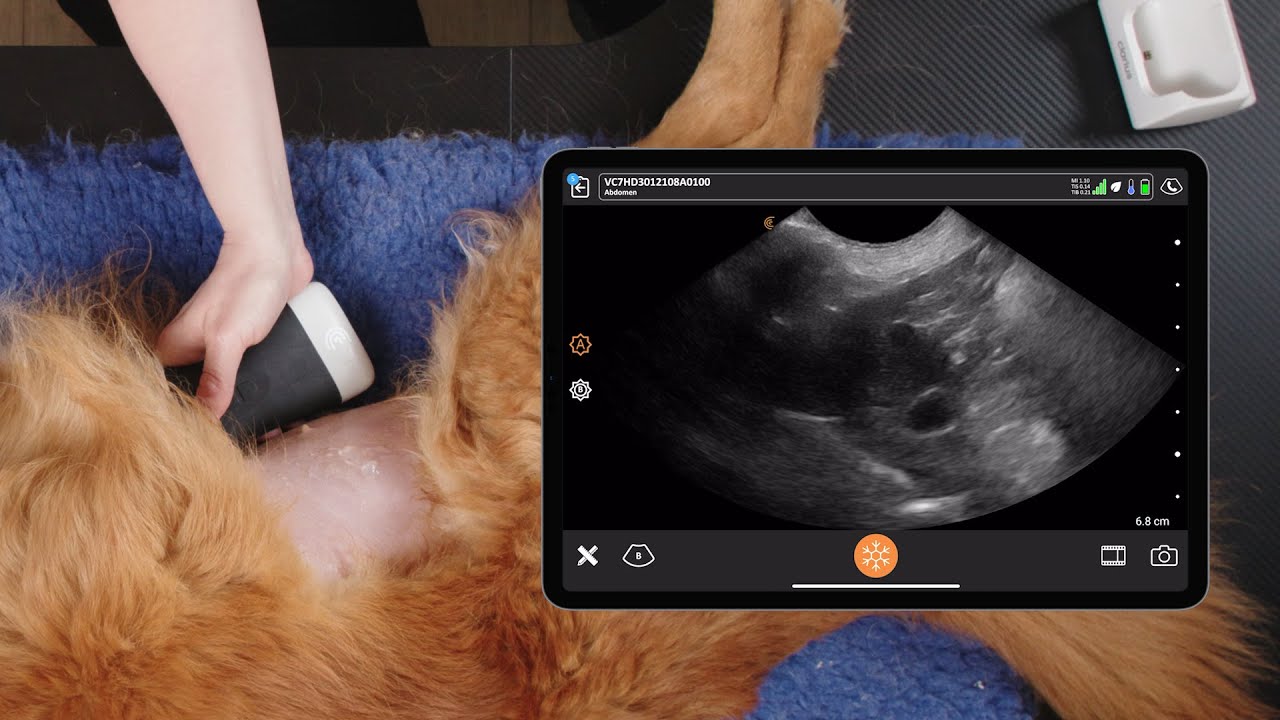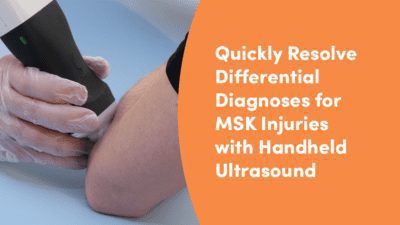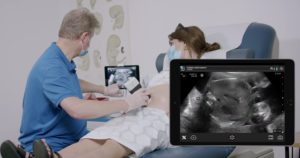We recently invited Dr. Soren Boysen, a specialist in veterinary emergency and critical care, and Dr. Serge Chaloub, a specialist of veterinary internal medicine in small animals to share their experiences with diagnosing and treating lung ailments in cats and dogs during a webinar.
With a combined total of more than 25 peer-reviewed articles and book chapters on the subject of veterinary lung ultrasound, Drs. Boysen and Chalhoub are big proponents of using veterinary point-of-care ultrasound (POCUS) for quickly assessing small animals.
When it comes to treating animals in respiratory distress, it’s critical to stabilize the patients with minimal stress,” explains Dr. Boysen. “Using diagnostic imaging helps us to quickly assess our patients. We can actually, right there at the cage side, gain a very rapid evaluation of what’s causing that patient to have respiratory difficulty or a cough within 30 to 60 seconds.”

Although POCUS does not replace radiographs, and the two should be considered complimentary, there are times the restraint, positioning, and stress associated with taking radiographs can cause patients to decompensate. “I think all of us have either been in this situation or know of a situation where a patient, because of the restraint required in our veterinary patients to get radiographs, it causes an increased work of breathing, causes stress, and they actually arrest because of our efforts to try to figure out what’s going on. “We need to stop doing that,” he explains. Pleural and lung ultrasound (PLUS) provides essential information in these patients without disrupting stabilization efforts or causing the patient stress. As a general rule of thumb, “if you can listen with a stethoscope, you can look with PLUS!”
Looking with Ultrasound Should Not Cause More Stress than Listening with a Stethoscope

As you can see depicted in this image, there is no more stress in holding a stethoscope than using a handheld ultrasound system.
With Clarius, there are no cords in the way and you’re not restrained by the length of the stethoscope to hold your head close,” says Dr. Boysen. “You’re actually reaching in. You’ve got your phone or your iPad in your other hand. This is a really, really nice application of point-of-care ultrasound that we do in the clinic setting.”
Dr. Chalhoub adds, “And you know what the best part is? It’s live and I’m going to make those interpretations in real time. It’s something that everyone can learn.”
Watch the Free Webinar to Learn Pro Tips on Using Ultrasound to Scan the Lungs of Small Animals

If you enjoy learning from high-energy educators, watch these fast-paced webinar featuring Dr. Soren Boysen, DVM, DACVECC and Dr. Serge Chalhoub, BSc, DVM, DACVIM (SAIM):
- “Veterinary Point-of-Care Pleural Space and Lunch Ultrasound (PLUS) for Everyday Practice”
- “Veterinary POCUS: Differentiating Primary Cardiac from Pulmonary and Pleural Space Diseases“.
You’ll learn how easy it is to use wireless ultrasound for high-definition lung and cardiac imaging from two pioneers in veterinary medicine. You’ll also see a live demonstration of Clarius followed by Q&A’s with the dynamic duo.
About Clarius HD Vet Handheld Ultrasound Scanners
Tired of sending away patients in pain for diagnostic imaging? There hasn’t been a better time to learn how to use ultrasound to diagnose and treat your patients quickly. Clarius handheld ultrasound is affordable, easy to learn and use. Our customers report increased word-of-mouth referrals and better client satisfaction after bringing ultrasound in-house.
The images shown in the webinar were captured with the Clarius C7 microconvex vet scanner, which is specifically designed for clinical imaging of small and medium-size animals. Our range of ultrasound scanners for veterinarians includes the C3 HD Vet convex scanner for large animals and the L7 HD Vet linear scanner for equine musculoskeletal imaging.
To learn about how easy and affordable it is to add Clarius handheld ultrasound to your veterinary practice, visit our Clarius veterinary ultrasound page for a video demonstration and product details. Or contact us today to discuss which scanner is right for your veterinarian practice.
